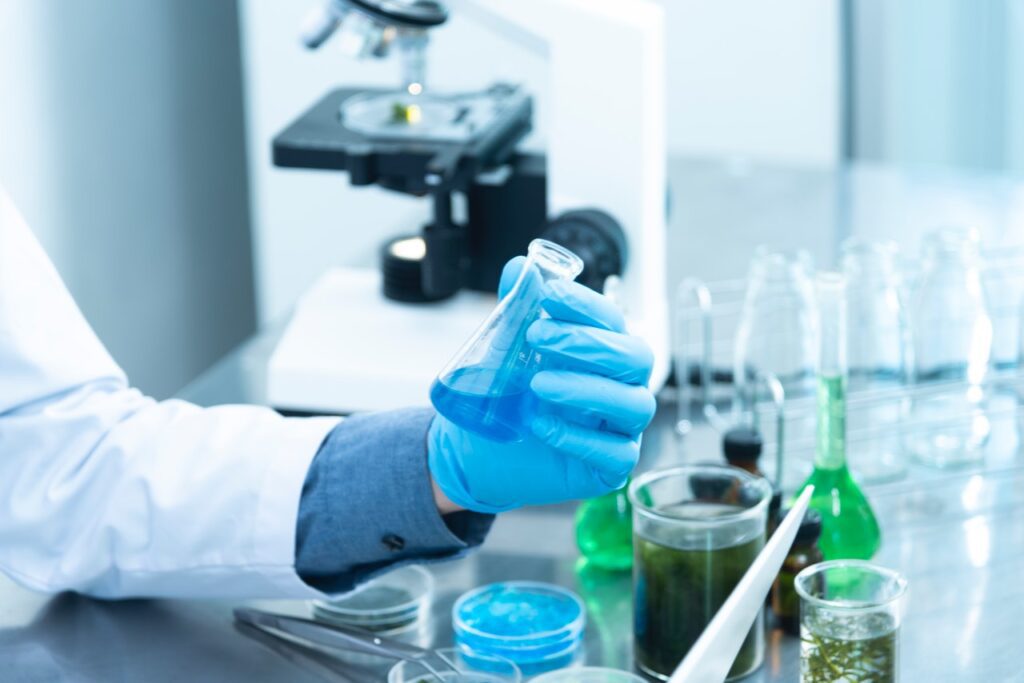The U.S. “industrial bioeconomy” contributed $210.4 billion to the GDP and added 643,992 domestic jobs in 2023, a report released June 11 showed.
In 2023, the 53,302 direct industrial bioeconomy jobs each supported 11.08 additional U.S. jobs, said the report. This makes the sector “a significant jobs multiplier.”
These workers averaged $133,600 annually and the subsector drove $49.4 billion in direct and indirect wages.
“Relative to other industrial sectors, the extended domestic supply chain of the U.S. industrial bioeconomy generates outsized secondary economic benefits,” according to the report.
The report was researched and written by TEConomy Partners and commissioned by a group of innovators, manufacturers, and trade associations.
What is the industrial bioeconomy?
The “industrial bioeconomy” is the subsector producing industrial bioproducts and outputs, including biofuels.
It does not include other aspects of the biotech sector, such as biopharma or firms directly producing food or beverages, the report explained.
The industrial bioeconomy is a major focus of President Biden’s 2022 Executive Order on the Bioeconomy. The EO is designed to encourage a strong bioeconomy that can help us mitigate climate change and increase sustainable production while boosting U.S. technological capabilities and providing new jobs.
The industrial bioeconomy has a broad footprint because it relies on local inputs, like corn from the Midwest driving biofuels production, and lumber from the Southeast used as a feedstock for other bioproducts.
“The U.S. industrial bioeconomy depends on labor, biomass, other materials, goods, and services that cannot be economically sourced overseas,” says the report.
Another vital input found abundantly in the domestic economy is scientific know-how. U.S. leadership in this area, particularly in biotech, drives development. The industrial bioeconomy directly employs 5,950 people in research jobs.
“The U.S. industrial bioeconomy has remained a consistent source of domestic jobs and manufacturing strength.”
The impact on local economies
“The distribution of industrial bioeconomy employment touches every U.S. state, with 17 states having 1,000+ industrial bioeconomy jobs,” says the report.
The top 10 states ranked by direct industrial bioeconomy employment are:
- California (6,204)
- Illinois (6,102)
- Iowa (5,771)
- Nebraska (3,114)
- Georgia (3,004)
- Minnesota (2,006)
- Texas (1,916)
- Massachusetts (1,740)
- North Carolina (1,707)
- Ohio (1,673)
The top 10 states ranked by the direct economic output of the industrial bioeconomy are:
- Illinois ($9.2 billion)
- Iowa ($8.5 billion)
- California ($6.4 billion)
- Nebraska ($5.7 billion)
- Minnesota ($2.8 billion)
- Indiana ($3.1 billion)
- Ohio ($2.83 billion)
- Georgia ($3.2 billion)
- Texas ($2.1 billion)
- South Dakota ($1.9 billion)




